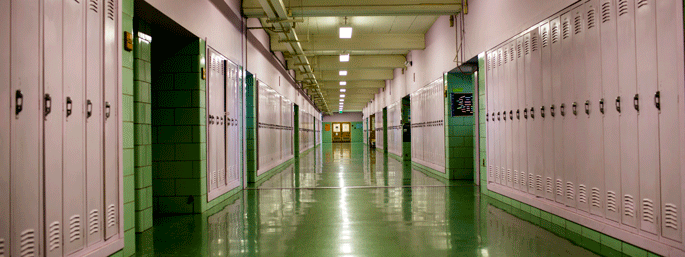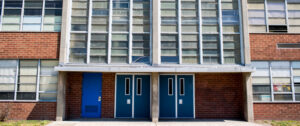Next month, we’ll release our newest major research report, The Opportunity Myth: What Students Can Show Us About How School Is Letting Them Down—and How to Fix It. The report documents our journey inside five school systems across the country, where we observed nearly one thousand lessons, analyzed tens of thousands of assignments and student work samples, and met, surveyed, and interviewed real students, in their real classrooms. That focus—on students themselves, their daily school experiences, and their perceptions of those experiences—is what sets this study apart from our previous work.
For the last few years, we’ve been working to understand what the implementation of college and career ready standards looks like in classrooms. We approached that challenge by spending hundreds of hours assessing assignments and observing instruction. But our teams were collecting something else, too, almost unintentionally: the experiences of students in these classrooms. The difference between the best and the worst of what we saw was striking, and we often found ourselves thinking, “What is it like to be a student in this classroom right now?”
[subscribe]
We saw classrooms and schools that were providing students inspiring, rich experiences that were putting them on track for success in school and in life. But in many others, our hunch was that the student experience must be pretty demoralizing—particularly where we saw lesson after lesson of uninspiring instruction and content that was too easy for students. At the same time, we were looking at nationwide data showing that while more kids than ever were heading off to college, they were also spending huge sums of money on remedial coursework once they got there. Black and Latinx students were especially likely to get to college having been ill-prepared by their high schools for the rigor of college-level work.
Taken together, we began to wonder: If we better understood students’ experiences of the school day, what might that teach us about the root causes of the achievement gap? What kinds of solutions would it point toward?
Our research has always been rooted in our work on the ground, but it has typically focused on teachers: how teachers are evaluated, retained, and developed in the classroom, among other things. So this is a departure for us. We continue to be an organization that is focused on supporting great teaching, but that work must be in service of ending the injustice of educational inequality, and we felt an urgency to get even more proximal to that challenge—to look at old problems with fresh eyes.
We decided to take the radical step—for us and for our field at large—of asking kids themselves about their schooling. What we heard challenged (and sometimes completely upended) our assumptions. Some of it was uncomfortable. But mostly it was inspiring, thoughtful, and some of the richest feedback imaginable. Students have ambitious goals for themselves and their lives, and they are profoundly aware of the ways in which much of their time in school is being wasted on experiences that are not preparing them to meet those goals. That’s where the title comes from. The “opportunity myth” is the false promise that if students do what school asks of them, they’ll be prepared to meet their goals—and that if they don’t succeed, it must be due to their own choices or shortcomings. It’s the narrative we’ve spun about education in this country—and it simply isn’t true.
When we kicked off this research, we could not have imagined the rise of student activism over the last year in particular. Early on, reactions to this research often included variations on “kids don’t know what’s good for them.” While I still hear that message occasionally, I think students nationwide have made it abundantly clear that they will not be silenced; they’ll be co-designers and leaders of their own experiences, and all of us adults—who wield power that affects young people in school and out—should take their perspectives and their voices very, very seriously.
[related]
That’s what we’re hoping this report will do within the education sector. The data, both quantitative and qualitative, urges us all to shift our approach to improving school. We need to put student experiences—what they're working on, how they're working on it, and how they feel about that—at the center of our approach, and treat students and their families not solely as consumers of school experiences but as partners in shaping them. We’ll be the first to admit this raises fundamental questions about how we work here at TNTP. We don’t know exactly where those questions will lead us, but we know we can do better by students and their families, and we think asking some hard questions and facing some hard data is the place to start.
The Opportunity Myth will be released on September 25, 2018. Sign up to get it in your inbox.





